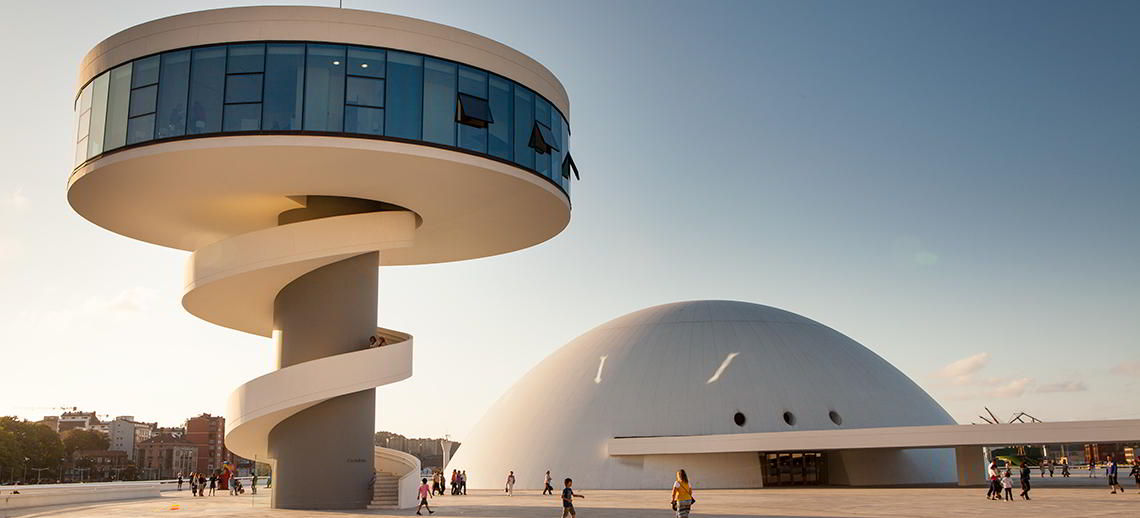Asturias: Mountains, Coast and a Little Piece of Heaven
Spain’s northernmost corner is beloved by visitors seeking respite from the blazing heat of August. Most head to the spectacular Principality of Asturias, an outdoor-aficionado’s paradise that revels in spectacular scenery, both inland and along its 400 km coastline. Famed for its mouthwatering cuisine and vibrant cultural life, this region has all the ingredients of a truly unforgettable summer. If you’re ready to escape the sizzle, explore some stunning landscapes and discover new gastronomic delights, here are a few of our favourite spots.
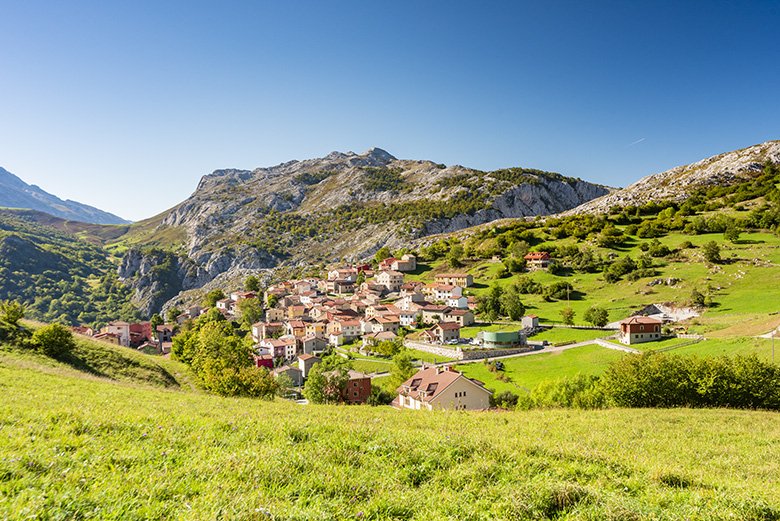
Picos de Europa National Park. The very first of Spain’s 16 national parks, Picos de Europa holds myriad treasures, from breathtaking lakes to the Santuario de Covadonga, the Cares Trail and Pico Urriellu, also known as Naranjo de Bulnes in honour of the warm orange glow it takes on at dusk.
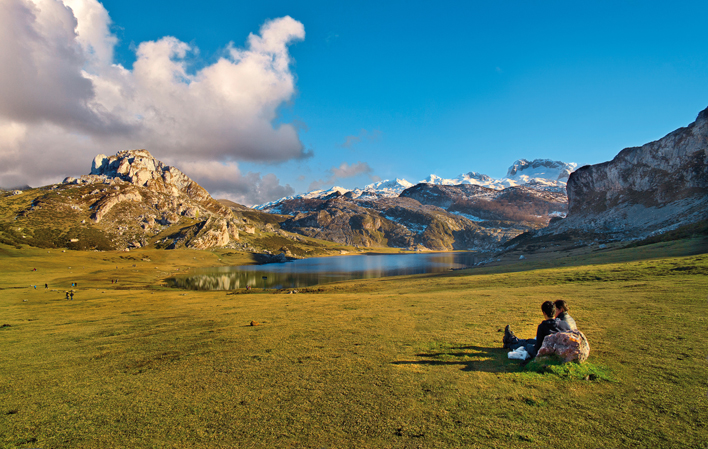
Llanes, Ribadesella, Lastres, Cudillero, Luarca and Villaviciosa are just a few of the jewels of the Asturian coast. Some have achieved a wider renown for their crowd-pleasing traditions, like the Descenso del Río Sella, a canoe race with a party atmosphere that draws thousands of spectators to Ribadesella each summer. Villaviciosa is the capital of the region’s cider district, known for its popular Apple Festival. Cudillero, with its postcard-perfect huddle of brightly coloured houses, makes for a delightful day trip (don’t miss the scenic ruta de miradores); or spend an afternoon roaming the medieval centre of Llanes, complete with city walls and turret. At Lastres, narrow, steeply rising streets of staggered houses hug the contours of the hillside, while Luarca is one of the most picturesque coastal towns in the region, all whitewashed buildings and bustling port.
At the Bufones de Pría we find one of nature’s most spectacular party tricks, especially on a blustery day when the waves are up. Wind and water are forced through blowholes in the cliffscape, the legacy of coastal erosion.
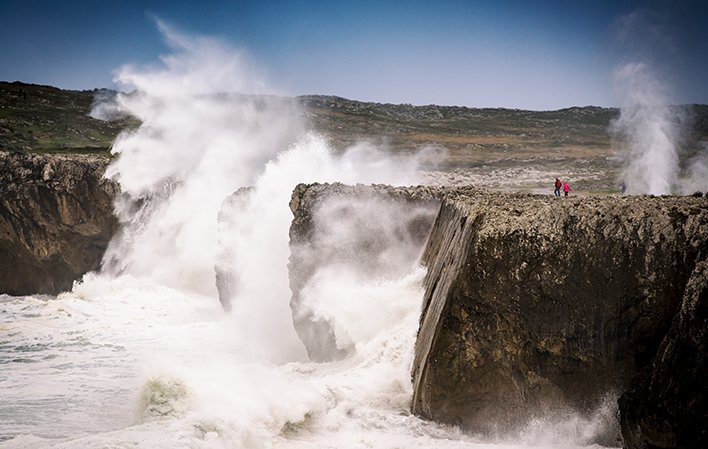
Oviedo and Gijón, the region’s two largest cities, hold plenty to discover. In Oviedo, don’t miss the beautiful Cathedral of San Salvador and the pre-Roman churches of Santa María del Naranco, San Miguel de Lillo and San Julián de los Prados. In Gijón, take a walk around the fishing district of Cimadevilla, then kick back on the beach at San Lorenzo or Poniente.
Cangas de Onís and Cangas de Narcea. Back inland, these historic areas are packed with interesting sights and well worth a visit. Famous for its Roman bridge, Cangas de Onís gets its name from the Asturian legend of King Onís, who fell in love with a princess named Cangas and built her a castle in the valley. Likewise, the bridges spanning the Río Narcea are a highlight of atmospheric Cangas de Narcea. Good head for heights? Don’t miss out on a trip across the hanging bridge. This ancient town boasts the largest collection of emblazoned homes and palaces in all of Asturias.
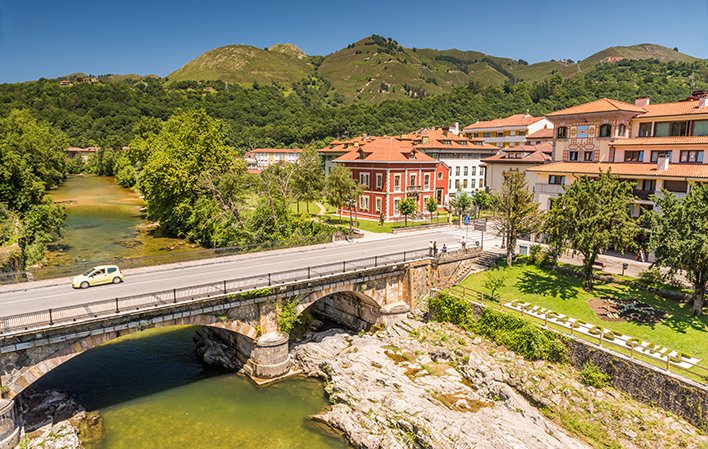
Time to refuel? You’ll need little encouragement to sample the region’s famous stews, cachopos (a traditional veal dish), fish, seafood and cheeses — some of international fame, such as the Cabrales blue cheese. Leave room for dessert, if you can: Asturias is known for its delicious rice pudding, sweetened pancakes (frixuelos) and tempting assortment of filled pastries (casadielles, carbayones and more). Finally, culture vultures have a choice of fascinating museums, including the Fernando Alonso Museum, the Jurassic Museum, the Mining Museum and the Oscar Niemeyer International Cultural Centre.
